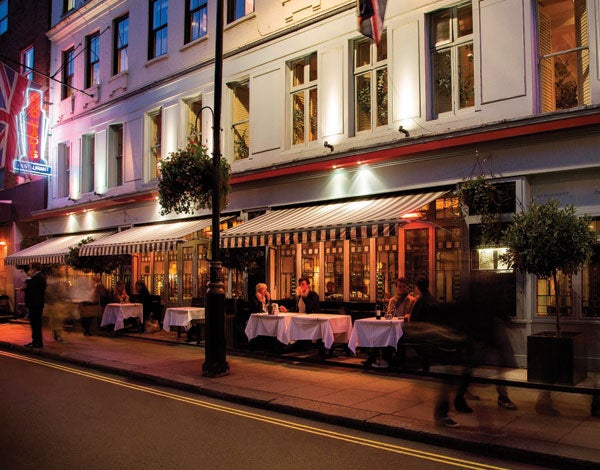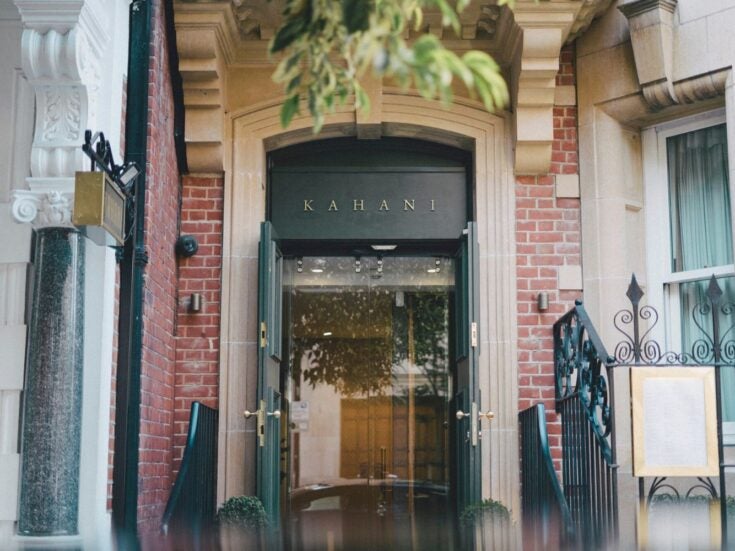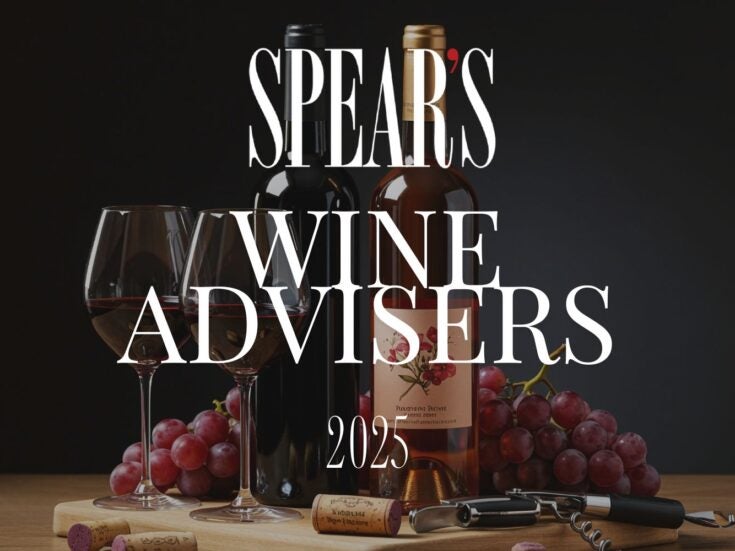
In four years Jeremy Lee has made his mark on the kitchen of a classic British restaurant. Quo Vadis? Thankfully for his customers, he’s going nowhere, says William Sitwell
Chef Jeremy Lee enters the club room in Soho’s Quo Vadis the way I imagine he always does. He strides forward, tall and dashing in his chef whites and long elegant grey apron.
He flings out his arms on seeing a friend at the bar. He kisses him firmly on the lips, his right hand ruffling the man’s hair. Then he moves on to find me. I get the same treatment. I see the pouting lips approach, the arms are outstretched, there is nowhere to hide. Just at the last minute I turn my head a touch so the kisses land on my cheek. I once had a full mouth assault from him at a party.
But this is Jeremy Lee. Everyone gets the same treatment, be they chefs, owners, customers or friends. They are all darlings and lovelies and his bonhomie is wonderfully afflicting.
The 52-year old, from a small village near Dundee called Auchterhouse — the son of a teacher and a commercial artist — is now a firm fixture at Quo Vadis. For almost two decades he was the chef at the Blueprint Café, above the Design Museum near Tower Bridge, having been installed there by Terence Conran. He was then courted by the restaurateur brothers Sam and Eddie Hart, two of the co-owners of Quo Vadis who also run the small but perfectly formed Barrafina chain of tapas joints.
The three of them met several times in secret — ‘We were constantly rumbled,’ says Lee — and their brief to him was, he says, ‘amazingly generous’. Lee felt an immediate symmetry. ‘There was just something so shockingly and amazingly right,’ he says.
‘So I couldn’t say no. You only get one shot at a building like this.’
Quo Vadis — first opened in Soho by the Italian Pepino Leoni in 1926 and once bought by Marco Pierre White and Damien Hirst in the late Nineties — consists of four townhouses that were knocked through on Dean Street. Today it’s a combination of public restaurant on the ground floor and a club upstairs with two bars and several private rooms offering grand or intimate dining, snooker, discreet drinks, reading and some telly.
Lee, now a partner in the business, is nicely settled after four years at QV and the menu has a wonderful, intrinsically British focus. Illustrated by artist John Broadley, it always includes a weather forecast and such things as onglet, pie, kid venison and veal. As we chat, a member of staff — a besuited Dominic — approaches with the evening menu for him to approve. Lee studies it carefully, then says: ‘Darling, ask her to ignore the beetroot — my bad — and then it’s pumpkin, celeriac and potato gratin with sage.’ Dominic scuttles off and Lee says: ‘My menu — the food and how I serve it — looks artless and casual, but it’s actually very well considered.’
He has some fifteen chefs and a baker, and as for working for him, ‘Darling, they cope very, very well.’
It’s pretty calm these days in the kitchen. ‘I used to have quite a quick temper but I realised that all I did was make myself feel rotten. And it doesn’t speed up service. All a chef’s bad behaviour does is make everyone feel nervous.’ The orders these days, he says, are like ‘conversation with some strength in the voice’. His years of experience have made him calm and confident, although he admits that he is actually ‘half coffee, half Campari’.
Lee’s first foray into the kitchen followed his Highers (Scottish exams) and considering attending art college. In his late teens he got work as a waiter at a small local hotel in order to get some pocket money. Front of house, however, was not his metier.
‘I was useless as a waiter but, amazingly, instead of sacking me they put me in the kitchen,’ he recalls. ‘So I became a teenage cook. It quite suited me not to go to endless parties and suddenly, aged 21, I realised I had served an unforeseen apprenticeship.’
A few jobs later and he fetched up at the smart gents’ club Boodle’s on St James Street. He lived on site and after a few years joined a catering company, during which time he ate at Bibendum, the great Conran establishment then being run by chef Simon Hopkinson. ‘It was 1989 and it was an epiphany,’ he says. ‘It was so grand and beautiful and the food was so wonderful.’ He wrote a letter to Hopkinson asking if there were any jobs, and got an interview.
It was not a usual such meeting: ‘We just gossiped for twenty minutes and then he said, “When can you start?”‘ Thus began a 23-year career at Conran restaurants, which later became D&D.
‘What I learnt from Terence was the simple art of making good food in a good place so that people can have a good time,’ he says. Today he still works with suppliers he has been loyal to for a quarter of a century and he wishes to do no more than be, as he puts it, ‘a full-time cook’.
It’s a job that has made him a leading light of modern British cooking. Alongside the likes of Rowley Leigh and Mark Hix, he is defining this nation’s food in our capital city. ‘This country industrialised early, which wiped out many of our traditions,’ he says. ‘We are a tiny nation and a land full of contradictions and that’s what makes it exciting.’
Such ingredients now manifest on his menu in the form of buckling, fennel and bergamot salad, grilled rabbit with cabbage and bacon or roast veal with green sauce and almonds. His puddings include walnut meringue with plums and elderberries, a pear sorbet and sticky toffee pudding.
As evening service approaches, Lee says he must go: ‘I need to butcher a side of veal.’ Then he pauses to reflect on the place where doubtless he will remain for many years to come. ‘I own a brick in the building somewhere and there is just something extraordinarily, ineffably right about that,’ he says.
‘My ambition now is simply to make this place work. Quo Vadis is like a mighty liner. One is often bailing out and trying to keep it afloat, but right now things are looking very, very bonny. I feel we are sailing into the harbour, the horns are blaring and the trumpets playing.’






